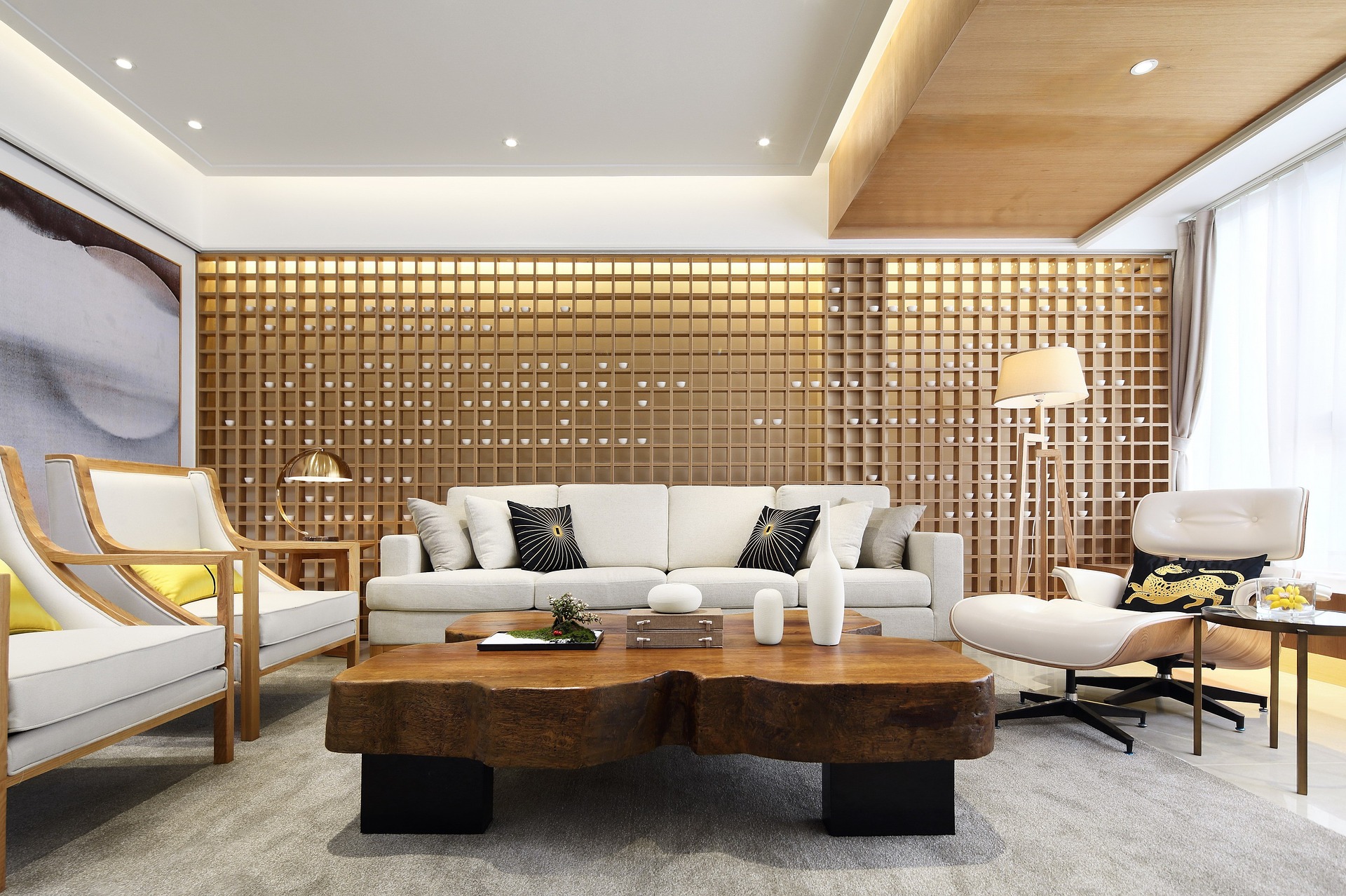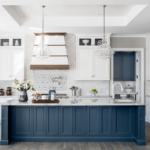
If you truly want your home to look curated and unique, the best way to do so is by mixing different styles from multiple design periods. Your beautiful house should reflect your personal style, and you don’t have to be at the mercy of what’s trendy on Pinterest or The Spruce.
However, it’s effortless for your home to appear incoherent, cluttered, or disordered when you combine different aesthetics and styles. Here are some tips for effectively mixing different styles and designs to ensure that everything feels like a harmonious whole.
Do not go crazy with multiple colors
If you’re already exploring multiple styles or aesthetics, the first thing you want to do is to opt for a limited color palette. This means choosing a more neutral set of colors that can help accommodate your unique furniture pieces and other decorative elements. Choosing too many colors can distract from the statement pieces in your room.
When it comes to color, the general rule in interior design is to “spread the wealth,” which means there should be echoes of similar colors throughout your entire space to bring all the elements together. If you are picky about which colors you let into the area, your interiors will feel cohesive and unified, regardless of the differences in styles and decoration. A limited color palette will be the common thread that pulls everything together.
Choose a single unifying pattern
The key to mixing different styles from various eras is ensuring that there is a single unifying theme or concept in your space. You can do this through one pattern or shape to bring everything together. It will simplify the process of unifying your different decor styles. The goal is to find consistency in at least one element, even if you incorporate multiple aesthetics into the space. One practical way to do this is choosing the same shapes for the furniture—like picking up on the patterns or lines on a sofa or an accent chair and repeating that line or curve throughout the room.
Use the same wood types
You would be surprised by how something simple as having the same shades or similar wood can pull an entire room together, even if those pieces of furniture are cut from contrasting eras of design. For example, if you have a mid-century console table and a Scandinavian mirror, they won’t look too jarring together if they are cut from the same type of wood or if they have the same shade. If you have furniture pieces you love and want to incorporate into your interiors but are mismatched in color or wood material, explore wood finishes or stains to make their colors appear more similar.
Opt for a single theme
Remember the importance of having a common thread in your space? Another way to ensure this is by choosing a single concept, theme, or motif for your interiors. Some ideas you can play with include a coastal-style home or a modern take on classic rustic. Just make sure you don’t go too crazy with the theme since you still want your home to appear elegant and classy—and a coastal design gone too far can look pirate-themed pretty easily. This may look great for a kid’s bedroom, but not for your entire house where adults live.
Invest in contemporary art
If the architecture, furniture pieces, and other textures are already a bit vintage for your liking, make sure to incorporate some contemporary art pieces to bring back balance to your space. Imagine an old brownstone apartment filled with antique furniture and treatments, and just how unique some modern paintings would be on the walls of that apartment. The goal is to create a contrast of styles that come from different contexts and eras but still look incredible together.
Add a few stock furnishings
Make sure that not every piece in your interiors looks like a showpiece or something out of a museum. If you must have a few statement pieces, keep them at a minimum and add a few stock furnishings that are cleaner and simpler. Choose basic pieces with solid colors or finishes. This way, they won’t compete with your decor or furnishings that are more stylized or complex.
If you want your home to be an extension of who you are, but you have so many pieces from different styles and eras, you can still bring everything together in a way that makes them look cohesive and harmonious. Just employ these strategies and be smart about your choices. You can do it!
 Mastering Online Masterclasses: Choosing the Right Online Violin Instructors
Mastering Online Masterclasses: Choosing the Right Online Violin Instructors  Empowering Healthcare Professionals: How WT Farley Oxygen Regulators Enhance Patient Care
Empowering Healthcare Professionals: How WT Farley Oxygen Regulators Enhance Patient Care  Elevate Your Collection: Unveiling the Beauty of Custom Wine Cellars in Ottawa
Elevate Your Collection: Unveiling the Beauty of Custom Wine Cellars in Ottawa  Enhancing Your Online Presence with Real Estate SEO Services
Enhancing Your Online Presence with Real Estate SEO Services  The Epitome of Luxury: Elevating Spaces with Imperial High-End Kitchen Cabinets
The Epitome of Luxury: Elevating Spaces with Imperial High-End Kitchen Cabinets  Pokémon go accounts- Exploring the reasons behind player demand
Pokémon go accounts- Exploring the reasons behind player demand  Pokemon go shortcut to greatness – Buy now
Pokemon go shortcut to greatness – Buy now  Online slot games for classic fruit machine lovers
Online slot games for classic fruit machine lovers  Ensuring Security In Online Fund Transfers: Understanding Fraud Prevention And Risk Mitigation
Ensuring Security In Online Fund Transfers: Understanding Fraud Prevention And Risk Mitigation 



